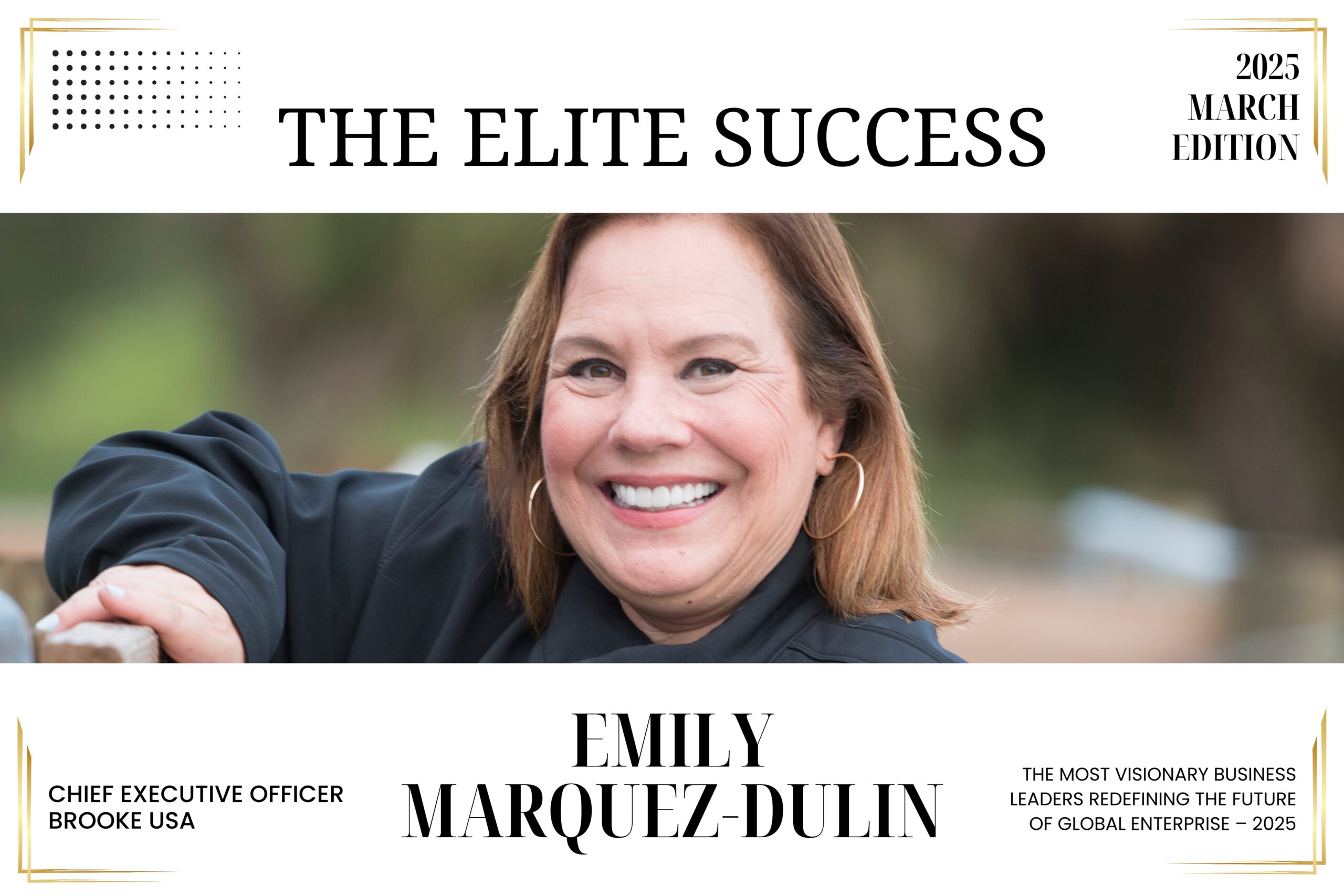Closing the Gap: Why Educational Equity Is the Foundation of Future Societies
Introduction
Education is often called the great equalizer, but in reality, unequal access to quality learning continues to widen the gap between privilege and poverty. As we enter 2025, the call for educational equity has never been louder. Equity in education goes beyond providing the same resources to every student—it’s about ensuring that all learners, regardless of their background, geography, or socioeconomic status, have the tools, support, and opportunities they need to thrive.
Educational equity is not just a moral imperative; it is an economic, social, and political necessity. Societies that prioritize equity in education lay the groundwork for innovation, stability, and sustainable growth. This article explores why educational equity is the foundation of future societies, the challenges that remain, and the strategies that can help close the gap.
Understanding Educational Equity
Educational equity differs from equality. Equality suggests everyone receives the same resources, while equity acknowledges that some students need more targeted support to reach the same outcomes as their peers.
For instance, a student in a rural village may require internet access and infrastructure support just to attend an online class, while an urban student may need mentorship and advanced coursework to maximize potential. True equity levels the playing field by addressing these diverse needs.
Why Educational Equity Matters
1. Driving Economic Growth
Countries that invest in equitable education systems see stronger long-term economic development. When marginalized populations gain access to quality education, they contribute more effectively to the workforce, entrepreneurship, and innovation. According to the World Bank, achieving global education equity could add trillions to the global economy.
2. Reducing Inequality
Education breaks the cycle of poverty by giving individuals tools to improve their circumstances. Equitable systems close achievement gaps between wealthier and underprivileged students, ensuring that opportunities aren’t determined by birthplace or family income.
3. Strengthening Democracy and Social Cohesion
Equitable education fosters critical thinking, civic engagement, and informed decision-making. Societies with widespread access to quality education experience greater political stability and reduced social unrest.
4. Building Future-Ready Workforces
The jobs of tomorrow will require adaptability, creativity, and digital literacy. Equitable systems ensure all students, not just the privileged, are prepared for the evolving demands of the global economy.
Current Challenges in Achieving Educational Equity
1. Digital Divide
The COVID-19 pandemic exposed massive gaps in digital access. In 2025, many students in rural and low-income regions still struggle with inadequate internet connectivity and lack of digital devices.
2. Underfunded Schools
Public schools in marginalized communities often lack resources, from qualified teachers to extracurricular opportunities. This perpetuates inequality across generations.
3. Cultural and Language Barriers
Immigrant and minority students may face systemic bias or lack of culturally responsive teaching, hindering their educational progress.
4. Gender Disparities
In many parts of the world, girls are still denied equal access to education. Early marriages, cultural expectations, and lack of safe schooling environments continue to affect gender parity.
5. Special Needs Inclusion
Children with disabilities often face inadequate support. Equity requires not just physical access but tailored resources and trained educators to ensure inclusion.
Case Studies: Global Approaches to Educational Equity
1. Finland: A Model of Equity
Finland’s education system is widely regarded as one of the most equitable in the world. With free education, minimal standardized testing, and equal opportunities regardless of family income, Finland demonstrates how policy can reduce educational disparities.
2. Kenya: Bridging Digital Gaps
Kenya’s Digital Literacy Programme equips schools with tablets, content, and internet connectivity. While challenges remain, this initiative shows how governments can address the digital divide.
3. United States: Addressing Achievement Gaps
In the U.S., charter schools, community-driven initiatives, and increased focus on diversity, equity, and inclusion (DEI) programs aim to close racial and socioeconomic achievement gaps.
4. India: Expanding Access in Rural Areas
India’s Right to Education Act mandates free education for children up to 14 years old. Coupled with technology-driven EdTech platforms, India is pushing to reach rural populations with affordable learning solutions.
The Role of Technology in Advancing Educational Equity
1. EdTech Platforms
Online learning platforms democratize access to high-quality content. Students in remote areas can now learn from top educators through mobile devices.
2. Artificial Intelligence (AI)
AI-driven personalized learning tailors lessons to each student’s pace and needs, addressing gaps more effectively than traditional one-size-fits-all approaches.
3. Virtual and Augmented Reality (VR/AR)
Immersive technologies bring labs, history lessons, and global classrooms to students who otherwise lack such resources.
4. Open Educational Resources (OERs)
Free and accessible resources reduce dependency on expensive textbooks and allow teachers to customize lessons for diverse learners.
Strategies for Closing the Gap
1. Policy Reforms and Investment
Governments must prioritize equitable funding models, ensuring resources are distributed based on need, not geography or income.
2. Teacher Training and Diversity
Teachers must be trained to recognize and address diverse needs, including cultural differences, learning disabilities, and socioeconomic barriers.
3. Community and Parental Engagement
Involving communities ensures that schools reflect the cultural and social realities of their students, strengthening the support system for learners.
4. Scholarships and Financial Aid
Expanding scholarship programs and reducing tuition fees can empower underprivileged students to pursue higher education.
5. Global Partnerships
International collaboration through NGOs, EdTech firms, and governments can bridge funding and resource gaps in developing nations.
The Long-Term Benefits of Educational Equity
- Innovation and Creativity: Diverse classrooms nurture unique perspectives, fueling creativity and problem-solving.
- Reduced Poverty: Education is directly linked to higher income levels and upward mobility.
- Healthier Societies: Educated populations tend to have better health outcomes, reducing the burden on healthcare systems.
- Sustainable Development: Equitable education aligns with the United Nations’ Sustainable Development Goals (SDGs), creating resilient and inclusive societies.
Looking Ahead: Education as the Cornerstone of Future Societies
The future belongs to societies that embrace inclusivity and recognize education as the foundation for sustainable progress. By closing the gap in education, nations can unlock untapped potential, reduce inequality, and prepare future generations for challenges yet to come.
Educational equity is not a luxury; it is a necessity. As Nelson Mandela once said, “Education is the most powerful weapon which you can use to change the world.” In 2025 and beyond, closing the gap in education will be the defining factor that determines whether societies flourish or fracture.
Conclusion
Educational equity is not just about improving schools—it is about shaping the future of humanity. By ensuring that every child, regardless of circumstance, receives the support and resources they need, we build a society where innovation thrives, economies grow, and justice prevails.
The choice is clear: closing the gap today ensures stronger, more equitable societies tomorrow. The foundation of future success begins in the classroom.













